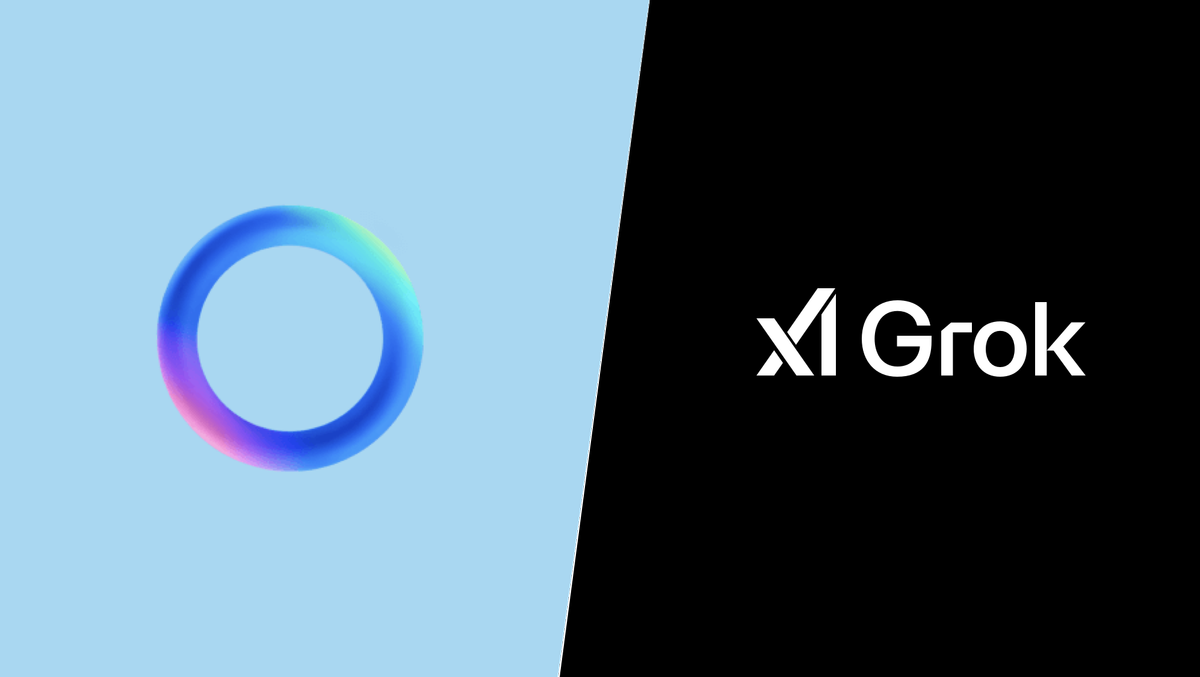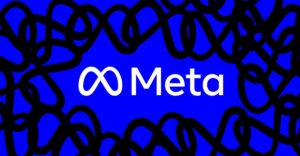I conducted a 7-round face-off between Grok and MetaAI — find out the winner!

Comparing AI Chatbots: Grok vs. MetaAI
Grok and MetaAI initially functioned as chat interfaces on social media platforms. Nevertheless, both are transforming into independent tools that compete with well-known models like ChatGPT and Gemini. These bots are capable of generating images, writing code, and crafting engaging stories. Users report that interacting with Grok and MetaAI feels more personal and fluid compared to established competitors, although this observation is subjective and lacks formal validation.
Testing the Capabilities
To evaluate their effectiveness, I tested both bots with a series of prompts similar to previous comparisons involving ChatGPT, Gemini, and Claude. Importantly, Grok has previously outperformed ChatGPT in certain scenarios.
1. Image Generation
The first task was to assess how well each bot could generate images based on the same prompt. Grok utilizes its built-in model, previously known as Aurora, while MetaAI leverages Google DeepMind’s Imagen 3 model. For this test, I instructed both AIs to generate an image of a man working at a messy desk.
Prompt for AI Models:
"A man in his early 40s with a beard and glasses is sitting at a messy desk in a home office, looking intently at a laptop screen with a focused expression…”
- Winner: Grok, for creating a more realistic image that captures the atmosphere and lighting effectively.
2. Social Media Engagement
Next, I tasked both models with crafting social media posts for a new eco-friendly clothing brand.
Prompt:
"Write three different social media posts to announce the launch of the brand and its first collection…"
- Winner: Grok, as it produced posts that were not only engaging but also provided a framework that users could customize with their own brand details.
3. Coding Challenge
In the coding challenge, I asked each bot to create a simple unit converter in Python.
Prompt:
"Create a Python program with a GUI that functions as a simple unit converter…"
- Winner: Grok, which offered better labeling options for the user interface, despite both programs working well out of the box.
4. Creative Writing
For the creative writing task, I requested a whimsical story in the style of Dr. Seuss about a young inventor.
Prompt:
"Write a whimsical short story about a young inventor who creates a machine that can translate animal languages…"
- Winner: Grok, which successfully captured the playful and imaginative tone of the prompt.
5. Problem Solving
In assessing how well each bot could solve problems, I asked them to develop a troubleshooting guide for wireless headphones connectivity issues.
Prompt:
"Develop a troubleshooting guide for a user having trouble connecting their wireless headphones…"
- Winner: Grok for its clear, user-friendly guide that included various actionable steps.
6. Advanced Planning
Next, I evaluated their planning abilities by requesting a ten-day travel itinerary for the Scottish Highlands.
Prompt:
"Plan a ten-day trip exploring the Scottish Highlands…"
- Winner: Grok, which provided a more detailed and engaging plan tailored to the individual’s interests.
7. Educational Explanation
Finally, I wanted to see how well they could explain a complex topic to a young audience. I asked both bots to explain artificial intelligence to a 12-year-old.
Prompt:
"Explain the concept of artificial intelligence in a way that a 12-year-old could understand…"
- Winner: Grok, for its clearer breakdown of concepts using relatable analogies.
Overall Results
In summarizing the results of these tests, Grok outperformed MetaAI in all categories. The scoring showed Grok winning a total of seven times, while MetaAI did not an edge in any area. Grok demonstrated a higher level of creativity and functionality in its responses, paving the way for it to be regarded as a standout AI model, at least for now. As technology continues to evolve, these standings may change, particularly with future releases like Llama 4 and Grok 3.





